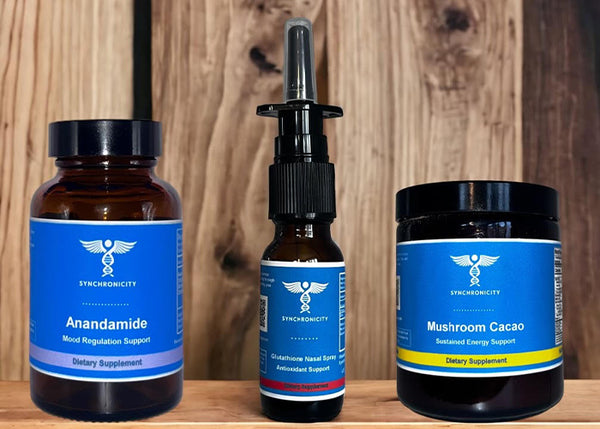)
Image Source – Google
The COVID-19 pandemic has presented numerous challenges to the global healthcare community. As the world continues to battle against the virus, researchers and scientists have been working tirelessly to develop new and innovative treatments to combat the disease. In this article, we will explore some of the latest breakthroughs and innovations in COVID treatment.
Monoclonal Antibodies
Monoclonal antibodies have emerged as a promising treatment option for COVID-19. These laboratory-made proteins mimic the immune system's ability to fight off harmful pathogens. Here are some key points about monoclonal antibodies:
Key Points:
- Monoclonal antibodies can help neutralize the virus and reduce the severity of symptoms in patients.
- They are typically administered through intravenous infusion or injection.
- Several monoclonal antibody therapies have received emergency use authorization from regulatory agencies.
- Early treatment with monoclonal antibodies has shown to be effective in reducing the risk of hospitalization and death in high-risk patients.
Antiviral Medications
Antiviral medications are another area of focus in the search for effective COVID-19 treatments. These drugs work by targeting specific steps in the virus's replication cycle, inhibiting its ability to spread in the body. Here are some important facts about antiviral medications:
Important Facts:
- Remdesivir is one of the most widely known antiviral drugs used in the treatment of COVID-19.
- Other antiviral medications, such as favipiravir and molnupiravir, are currently being studied for their efficacy against the virus.
- Antiviral drugs are most effective when given early in the course of the disease.
- Combination therapies involving multiple antiviral drugs are being explored to improve treatment outcomes.
Convalescent Plasma Therapy
Convalescent plasma therapy involves using blood plasma from recovered COVID-19 patients to treat individuals currently battling the disease. This approach aims to provide patients with a boost of antibodies to help fight off the virus. Here are some key details about convalescent plasma therapy:
Key Details:
- Convalescent plasma has been used for decades as a treatment for various infectious diseases.
- Studies have shown mixed results regarding the effectiveness of convalescent plasma therapy in COVID-19 patients.
- Researchers are investigating the optimal timing and dosage of convalescent plasma to maximize its benefits.
- Ongoing clinical trials are evaluating the efficacy of convalescent plasma in different patient populations.
Immunomodulators
Immunomodulators are drugs that help regulate the immune system's response to infection. In COVID-19 treatment, these medications can help reduce inflammation and prevent an overactive immune response that can lead to severe complications. Here are some important points about immunomodulators:
Important Points:
- Corticosteroids, such as dexamethasone, have been shown to improve outcomes in severe COVID-19 cases by reducing inflammation.
- Other immunomodulators, like tocilizumab and baricitinib, are being used to target specific pathways involved in the immune response to the virus.
- Immunomodulators are often used in combination with other treatments to provide comprehensive care for COVID-19 patients.
- Ongoing research is focused on identifying new immunomodulatory therapies that can effectively manage the immune response in COVID-19.
Conclusion
As the COVID-19 pandemic evolves, the development of new treatments remains a critical aspect of the global response to the virus. From monoclonal antibodies to antiviral medications and immunomodulators, researchers are exploring a wide range of innovative approaches to combat the disease. By staying informed about the latest advancements in COVID treatment, healthcare professionals can continue to provide effective care for patients affected by the virus.





